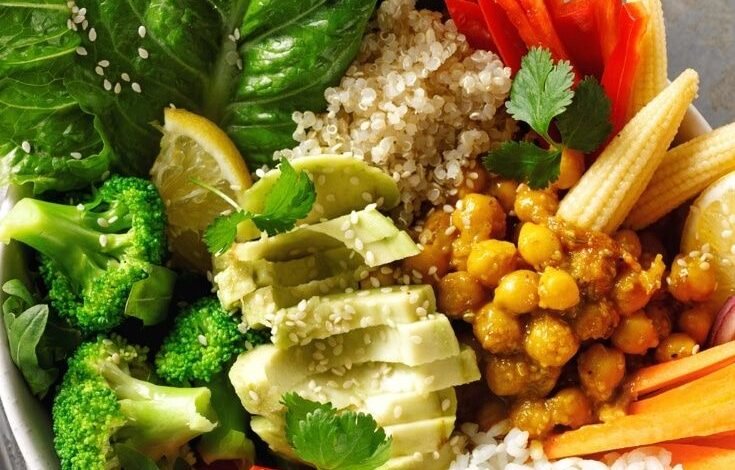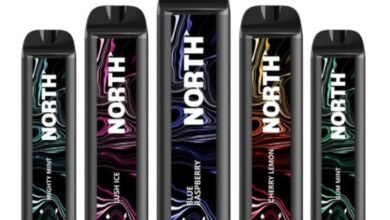PBD Diet: A Guide to Plant-Based and Dairy-Free Eating
PBD Diet: A Guide to Plant-Based and Dairy-Free Eating

Introduction
What if we told you that one simple lifestyle change could improve your health, benefit the planet, and contribute to reducing animal suffering? Welcome to the world of a Plant-Based Diet (PBD)—a way of eating that’s gaining momentum for all the right reasons.
Whether you’re curious about trying a PBD or looking for actionable tips to make the transition smoother, this guide has you covered. From defining what a PBD entails to explaining its benefits, sharing recipes, and addressing common challenges, here’s everything you need to know to begin your plant-powered journey.
What Is a Plant-Based Diet?
A Plant-Based Diet focuses on consuming foods primarily derived from plants. This includes fruits, vegetables, whole grains, nuts, seeds, legumes, and plant-based proteins. Unlike a strictly vegan diet, a PBD isn’t always about eliminating all animal products—some individuals may still include small amounts of meat, fish, or dairy.
At its core, the PBD encourages minimally processed foods, avoiding refined ingredients, and welcoming whole, nutrient-dense options. The idea is balance over restriction, where plants take center stage on your plate.
Benefits of a Plant-Based Diet
Switching to a plant-based diet offers a range of benefits that touch upon personal health, environmental sustainability, and ethics.
1. Health Benefits
- Lower Risk of Chronic Diseases
Eating more plants has been linked to reducing the risk of chronic conditions like heart disease, type 2 diabetes, and certain cancers. For instance, a study published in JAMA Internal Medicine found that plant-based diets can lower blood pressure, cholesterol levels, and BMI.
- Maintaining Healthy Weight
Because plants are generally low in calories but high in fiber, they keep you full for longer while promoting weight management.
- Boosting Digestion and Energy
The high fiber content of a PBD supports better digestion and a more stable energy supply throughout the day.
2. Environmental Benefits
The environmental benefits of a PBD are significant. Agriculture for animal-based food production is a leading contributor to greenhouse gas emissions, deforestation, and water use. Opting for plants helps minimize your carbon footprint and contributes to a sustainable food system.
3. Ethical Benefits
By reducing or eliminating meat and dairy consumption, you contribute to reducing animal suffering and promote ethical farming practices. For many, this moral consideration becomes a powerful motivator to adopt a PBD.
Getting Started with a Plant-Based Diet
Transitioning to a plant-based diet can feel intimidating, but small, sustainable steps can make the process easier and enjoyable.
Start Slow
You don’t have to overhaul your eating habits overnight. Begin with one or two plant-based meals per week and gradually increase the frequency. Meatless Mondays, anyone?
Plan Your Meals
- Build a balanced meal with whole grains, protein (legumes, tofu, tempeh), and colorful vegetables.
- Prep meals ahead of time to avoid feeling overwhelmed on busy days.
Consider Nutrients
Some nutrients like B12, iron, and omega-3 fatty acids may require extra attention on a PBD. Include fortified plant-based foods or consult a dietitian about supplements if necessary.
Plant-Based Recipes to Inspire You
Here are some delicious and easy plant-based recipes to kickstart your culinary adventure!
1. Chickpea and Spinach Curry
Rich in iron and protein, this hearty curry is perfect served over fluffy basmati rice.
Ingredients:
- 1 can of chickpeas (drained)
- 2 cups fresh spinach
- 1 can coconut milk
- Curry spices (turmeric, cumin, and coriander)
2. Quinoa and Veggie Buddha Bowl
Packed with nutrients and color, this bowl is vibrant and satisfying.
Ingredients:
- 1 cup cooked quinoa
- Roasted sweet potato, bell peppers, and broccoli
- Hummus or tahini sauce for drizzling
3. Avocado & Black Bean Wrap
A quick, on-the-go lunch option.
Ingredients:
- 1 large whole-grain wrap
- Mashed avocado, black beans, spinach, and a squeeze of lime
Pro tip: Make vegetables the centerpiece of your smorgasbord—they make every meal pop with flavor.
Sustainability and the Environment
One of the strongest cases for adopting a plant-based diet lies in its environmental impact. Researchers estimate that if everyone adopted a PBD, global greenhouse gas emissions related to food production could reduce by approximately 70%.
Additionally, it takes far fewer resources—water, land, and energy—to grow plants than to raise livestock. By eating more plants and fewer animal products, you actively contribute to a cleaner, greener planet.
Overcoming Challenges
Even with its benefits, going plant-based isn’t without hurdles. Here’s how to tackle common challenges and misconceptions effectively.
Challenge 1: “Isn’t a PBD boring?”
Solution: Absolutely not! Explore cuisines from around the world. From Mediterranean hummus to Mexican-inspired black bean tacos, there’s endless variety.
Challenge 2: “Where do you get your protein?”
Solution: Protein powerhouses like lentils, quinoa, tempeh, tofu, and chia seeds are packed with this essential nutrient. Remember, even vegetables like spinach and broccoli contain protein.
Challenge 3: “Eating plant-based is expensive.”
Solution: Focus on whole, affordable staples like rice, beans, and seasonal produce. Buying in bulk can also save you money.
Go Plant-Powered Today
Adopting a Plant-Based Diet (PBD) is a rewarding choice that benefits your health, our planet, and countless animals. Remember, it’s not about perfection—it’s about progress. Start small, experiment with new recipes, and enjoy discovering how flavorful a plant-based lifestyle can be.
Have questions or advice for others considering a PBD? Leave your thoughts in the comments or share this blog with someone curious about going plant-based.



